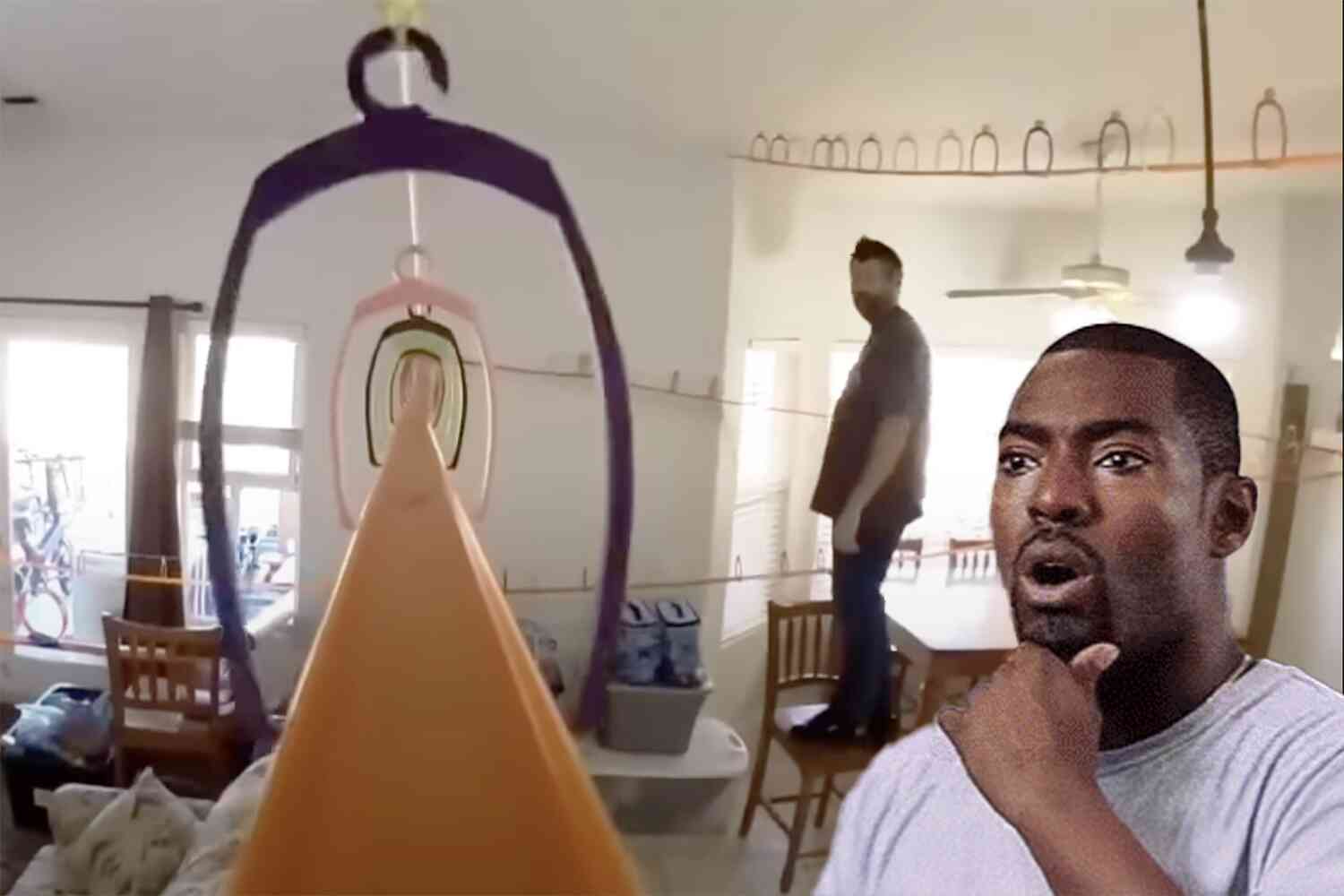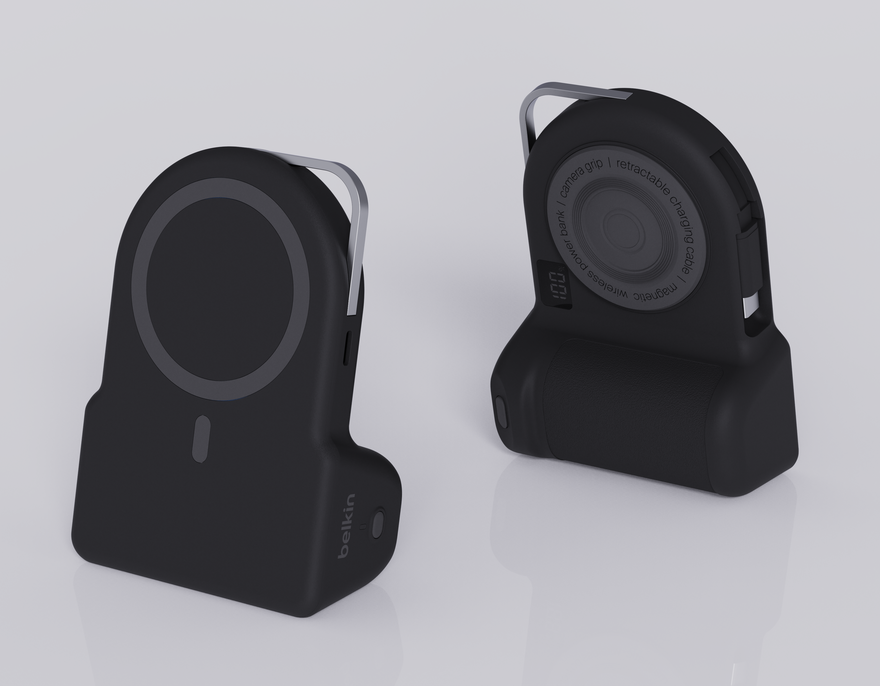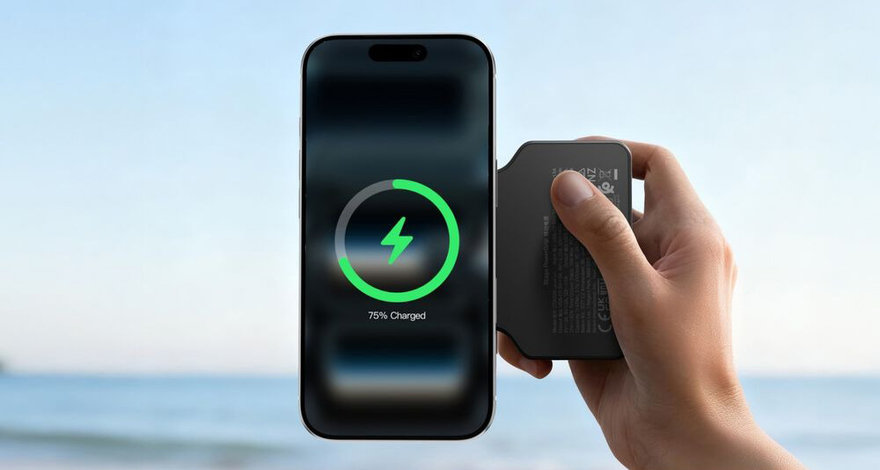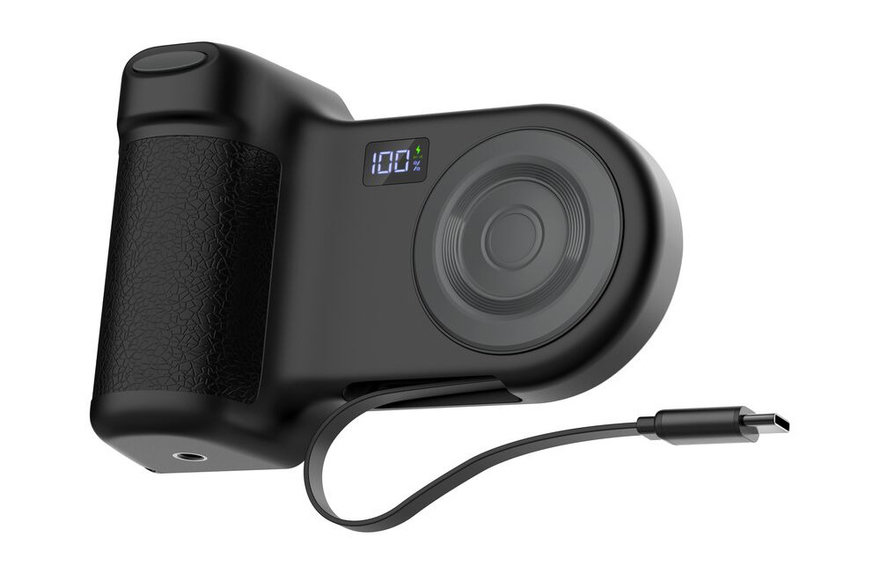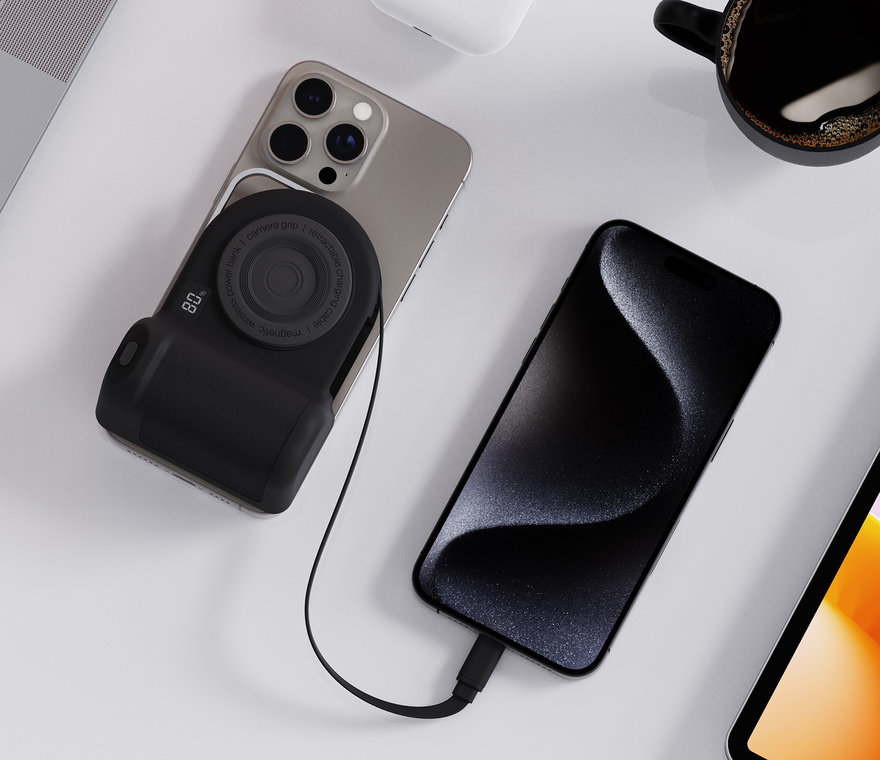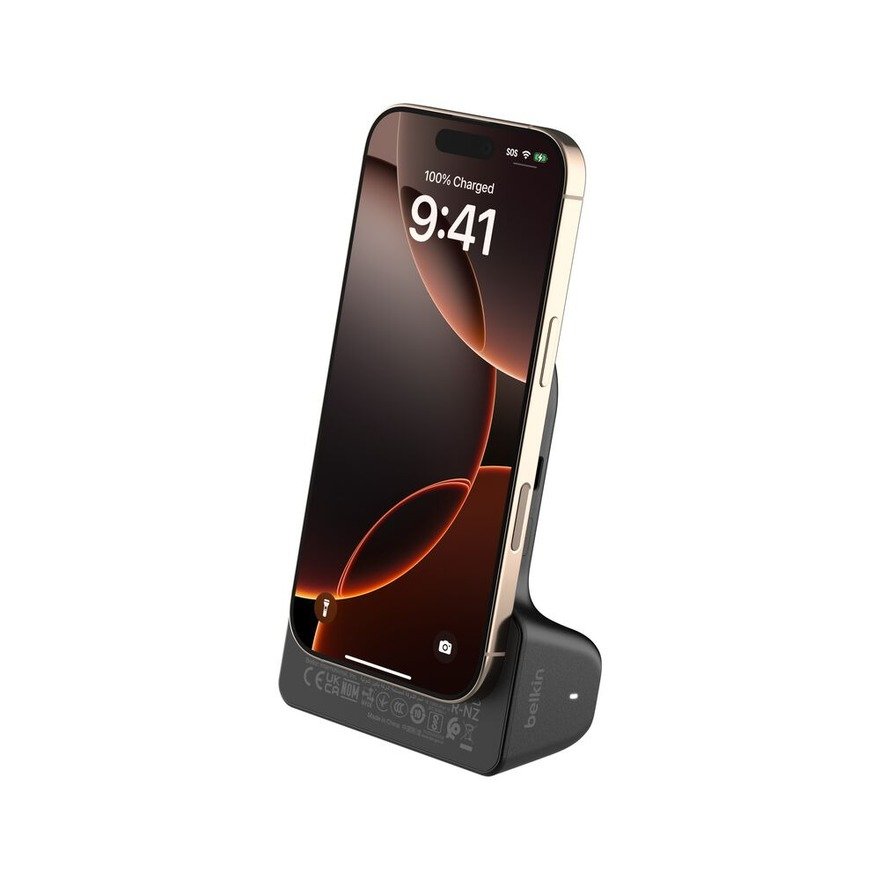Anytime director Edgar Wright releases a new movie, it’s an event. Throw in Glen Powell playing the Arnold Schwarzenegger role in a high-octane Stephen King adaptation, and, well, all bets are off. That’s what graced the Empire Stage at New York Comic Con this weekend as Wright, Powell, and co-star Lee Pace showed up to talk all things The Running Man and debut a brand new trailer too—which has finally made its debut online now that the con has wrapped up.
Directed by Wright, from a script by Wright and Michael Bacall (the same duo who wrote Scott Pilgrim vs. the World), The Running Man hits theaters on November 14. Most fans know the title because of the 1987 Schwarzenegger movie, but that was based on a much more sprawling 1982 novel written under King’s pseudonym Richard Bachman. This version is closer to the novel, with the titular game show not beholden to a single arena but taking place all over the world. You see lots of that in the new trailer, which you can watch below.
The best parts of this trailer, besides this movie actually existing and coming out in a month, are the Edgar Wright action touches. We’ve seen lots and lots of action movies, but you can just tell when it’s Wright behind the camera. The way it moves, the way it’s cut together—everything just has this kinetic feeling, which you can bet will permeate the entire movie.
It also helps that, in addition to Powell and Pace, Wright has assembled an incredible ensemble to bring The Running Man to life. He’s got William H. Macy, Emilia Jones, Michael Cera, Daniel Ezra, Jayme Lawson, Colman Domingo, and Josh Brolin. Not too shabby.
The Running Man is running to theaters soon, on November 14, and we’ll have much more in the coming weeks. Are you as excited about this one as we are?
Want more io9 news? Check out when to expect the latest Marvel, Star Wars, and Star Trek releases, what’s next for the DC Universe on film and TV, and everything you need to know about the future of Doctor Who.

